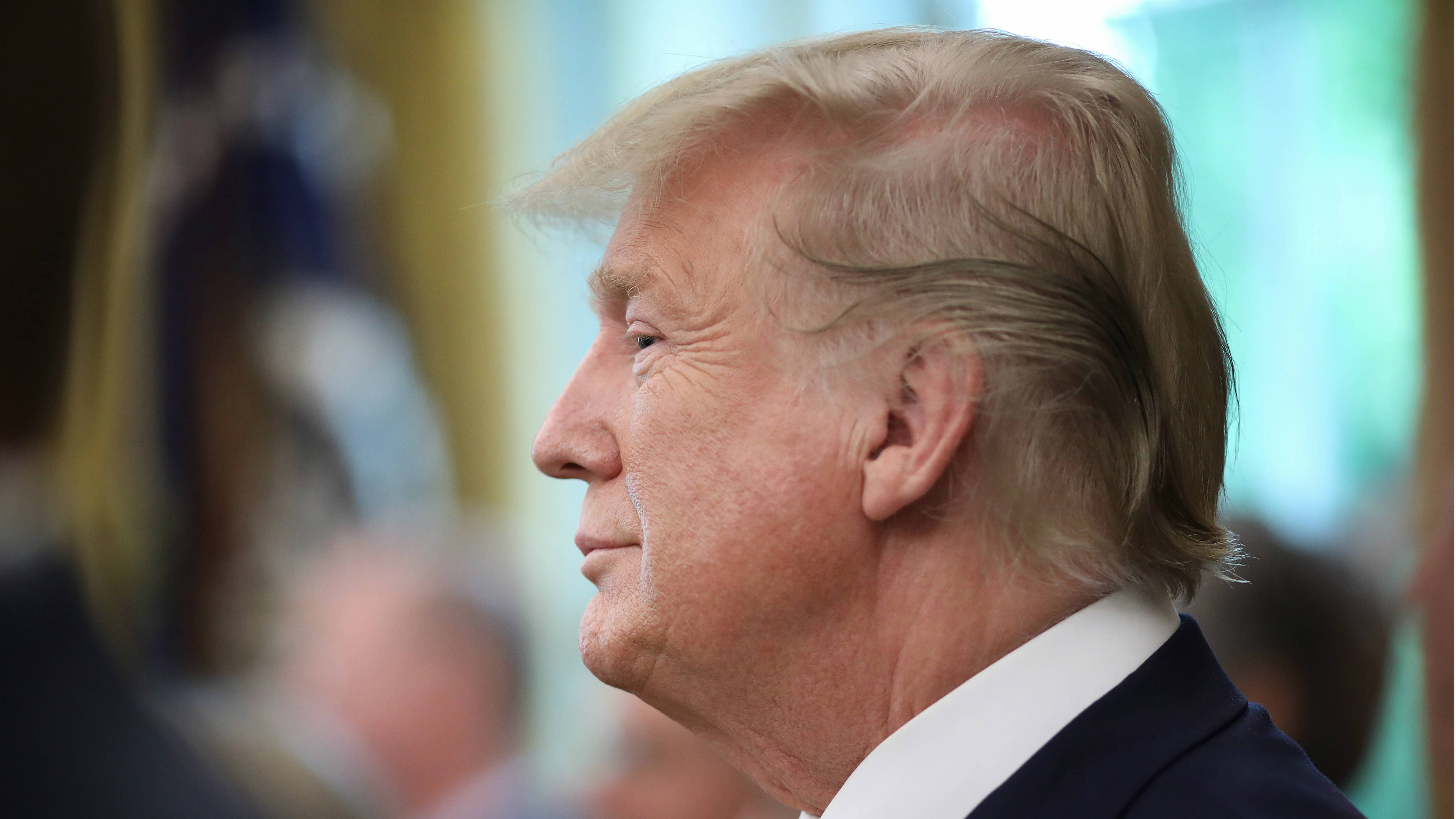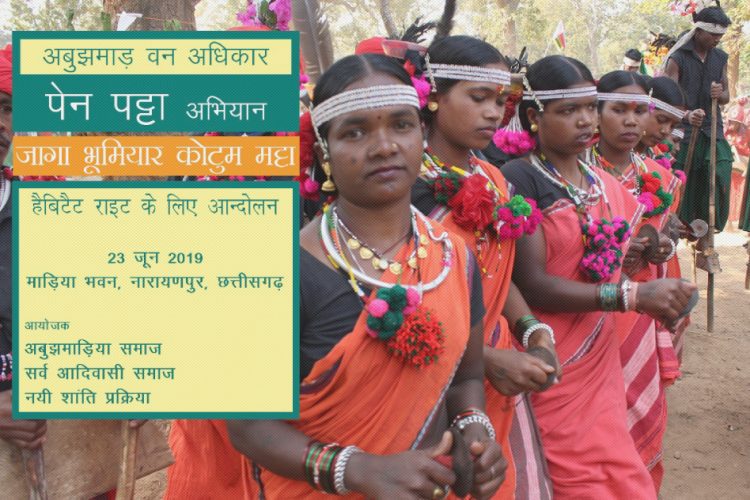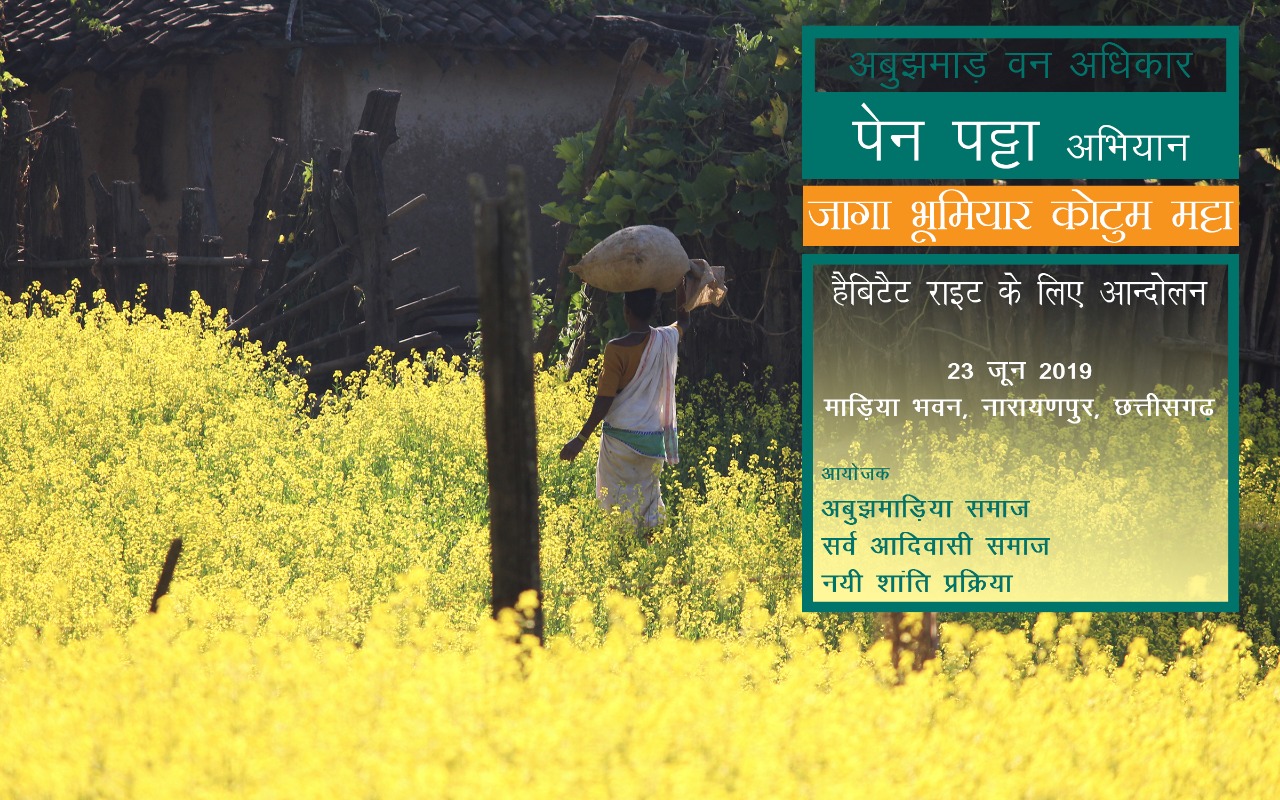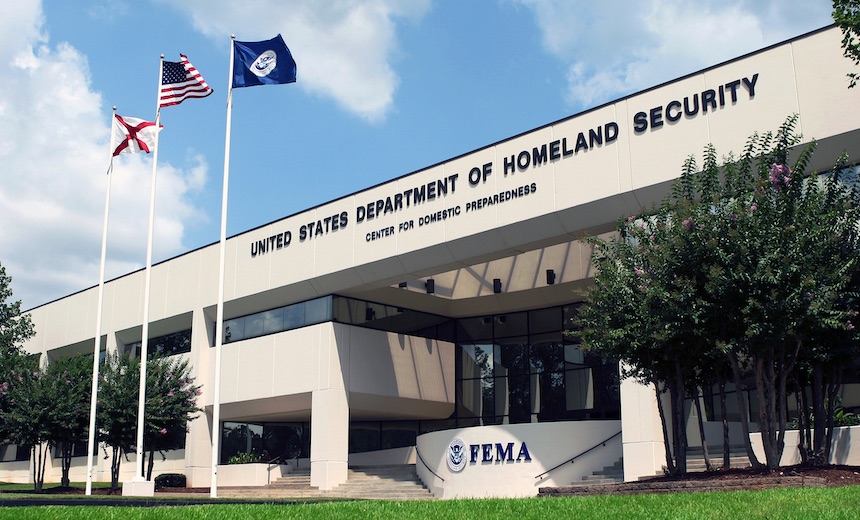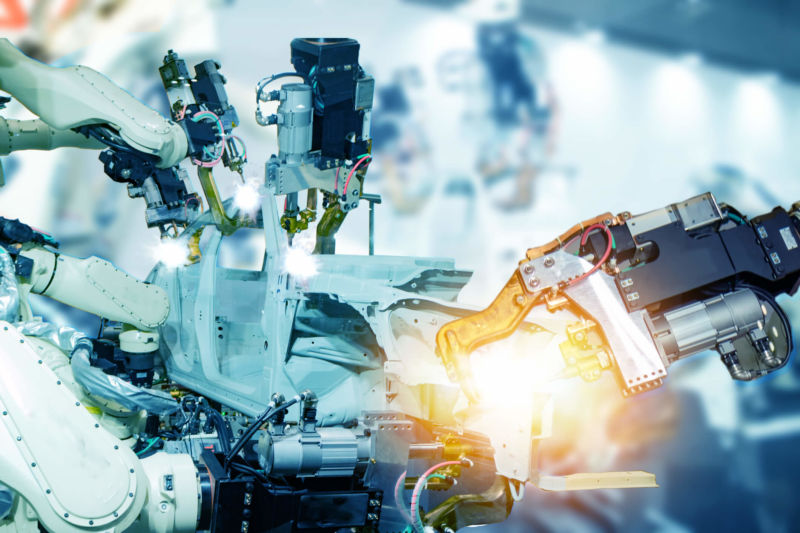BENJAMIN E. SCHWARTZ
 India and the United States are declared “major defense partners.” But as Secretary Pompeo visits New Delhi this week, they are still not nearly as aligned as interests and values suggest they should be.
India and the United States are declared “major defense partners.” But as Secretary Pompeo visits New Delhi this week, they are still not nearly as aligned as interests and values suggest they should be.
The relationship between the United States and India is excellent proof that the dominant theory of international relations—nations form partnerships and alliances based on mutual interests or common values—is wrong. If this theory were true, America and India—the world’s oldest and largest democracy, respectively, united by a common English language, increasingly connected through trade and investment flows, targeted by the same terrorist groups, and confronting Chinese expansion—would be far more closely aligned than they are today.
More illuminating in this context is the law of inertia: In the absence of a major crisis, don’t expect major change from large democracies. Secretary of State Pompeo will soon arrive in New Delhi for his first exchange with Prime Minister Modi since his re-election victory. Mutual words of affirmation will surely be uttered, and the specter of growing Chinese military power will be a silent presence during the dialogue. But it remains to be seen if this common concern can compel both governments to move toward meaningful cooperation.
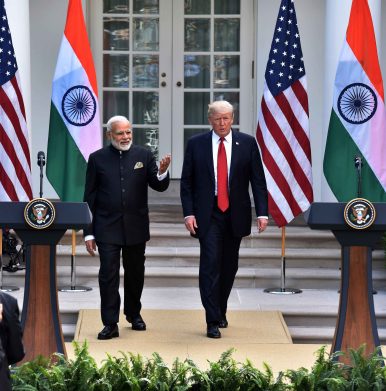
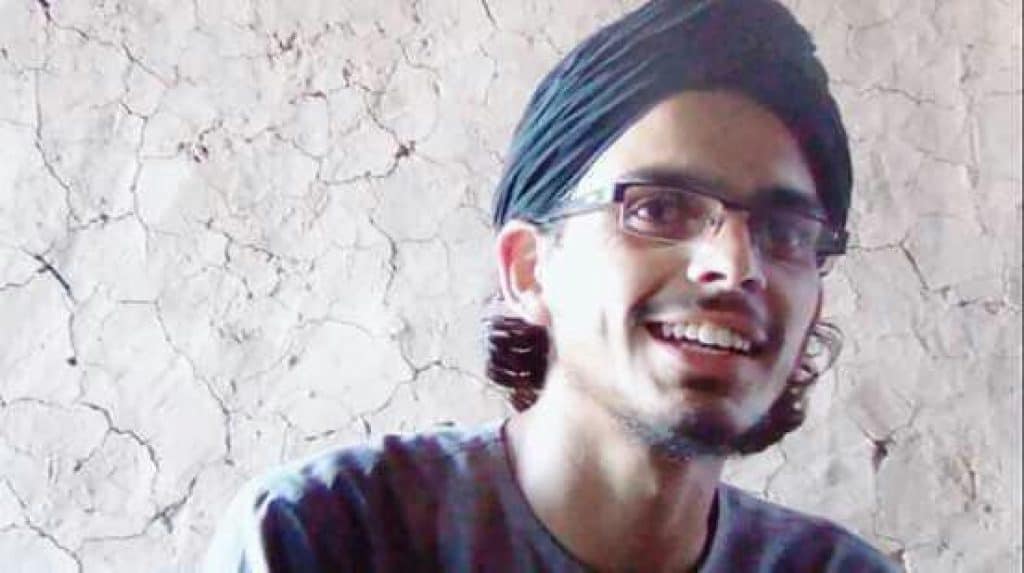
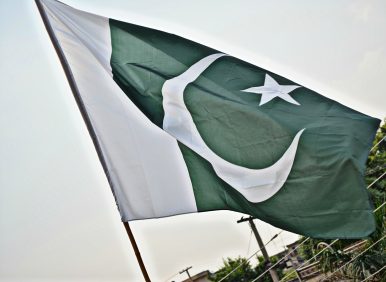

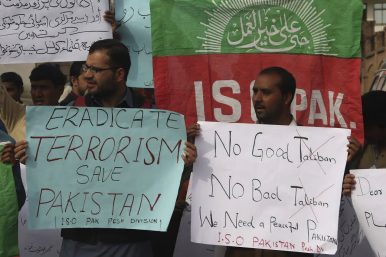



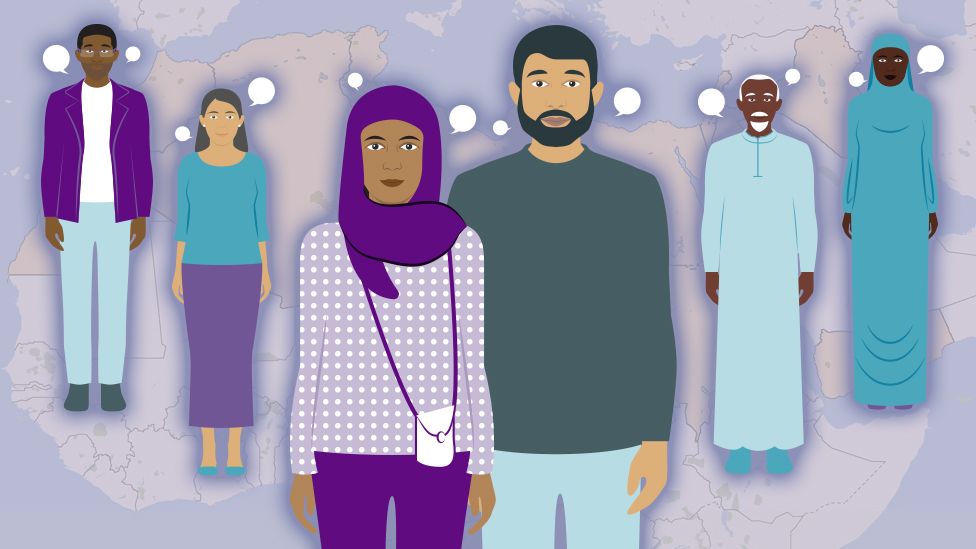
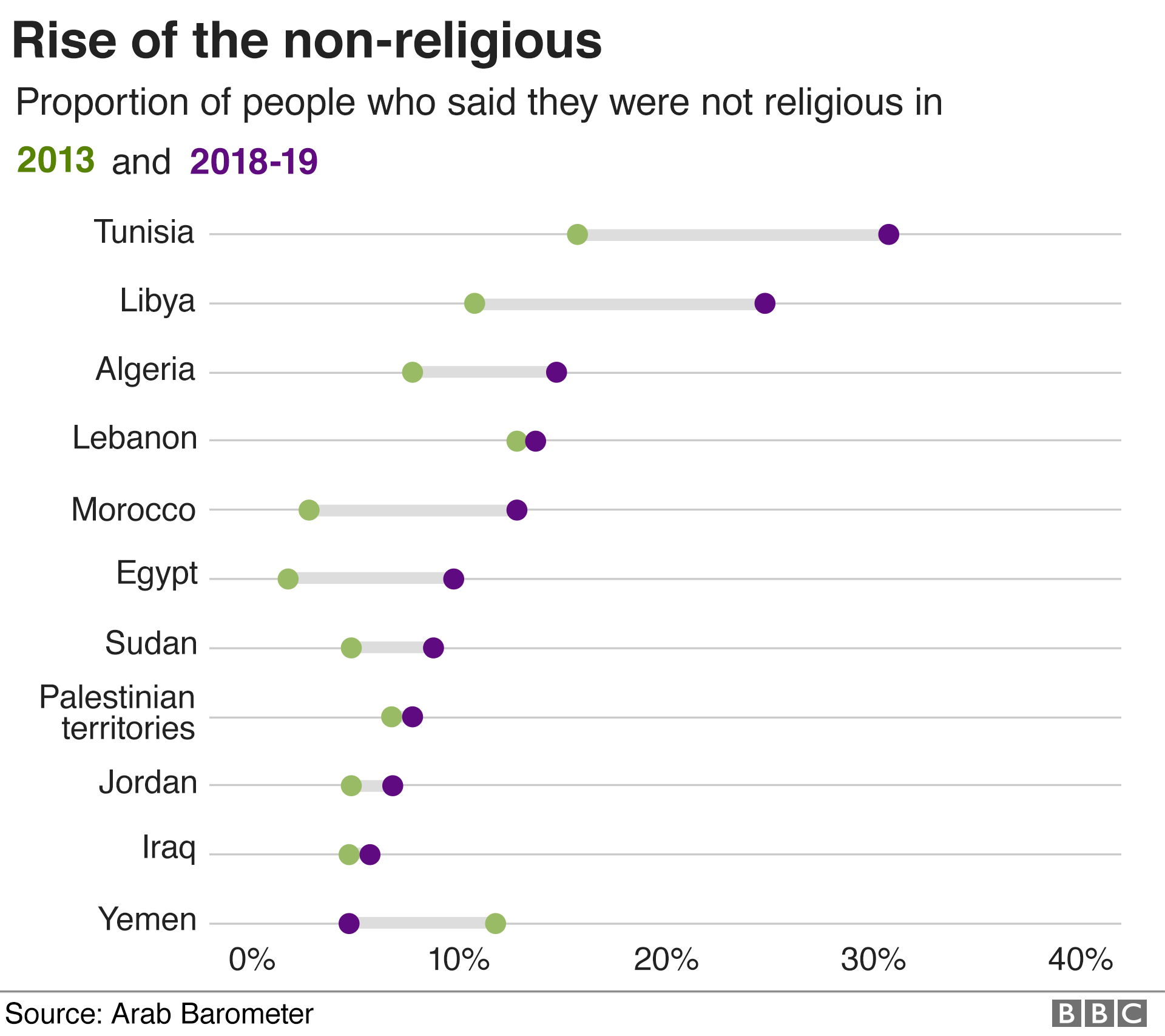


/arc-anglerfish-arc2-prod-mco.s3.amazonaws.com/public/C5KIVND72RCCFOSM7PVTLJKNKI.jpg)


